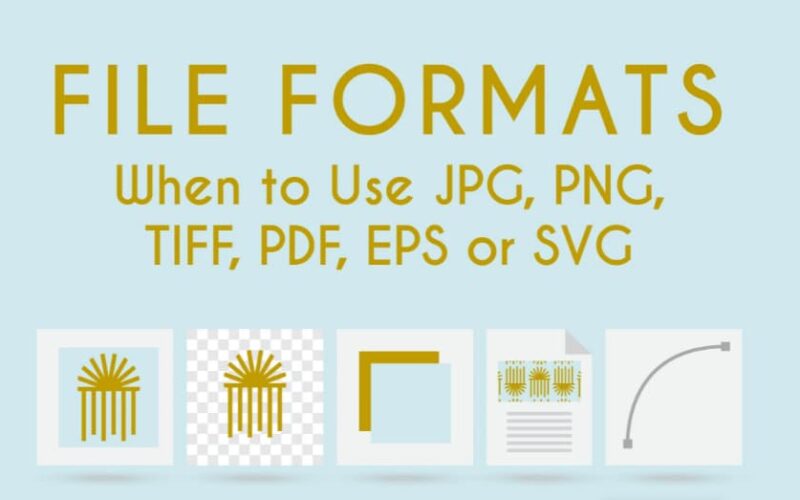PNG
An image saved in the Portable Network Graphic format is known as a PNG file. It contains a lossless compressed bitmap, comparable to that of an a.GIF file.
PNG Pros
- Lossless Compression: One of the main advantages of PNG over JPEG is that it is a lossless compression format. This means that digital photographs compressed according to this standard preserve their data, features, and quality even after being encoded and decoded multiple times.
- Supports Transparency: Another important feature of the PNG format is that it allows for the compression of digital images with transparent sections. It’s worth noting that these translucent portions are rendered as solid white in the JPEG standard.
PNG Cons
- Bigger File Size: One of the most significant disadvantages of PNG is that it compresses digital images at larger file size. The JPEG standard, on the other hand, can achieve a reduced file size for the same image quality and resolution as the PNG standard.
- Not good for printing: This format was created exclusively for the purpose of publishing digital photos online and is not suitable for printing. As a result, another downside of PNG is that it does not support non-RGB color spaces like CMYK, making it unsuitable for professional-quality print graphics and it can be converted to other formats like GIF format by clicking on this link.
TIFF
TIFF is a computer file format for storing raster graphics pictures that are widely used by graphic artists, the publishing industry, and photographers. Scanning, faxing, word processing, optical character recognition, image manipulation, desktop publishing, etc, support TIFF.
TIFF Pros
- One of the benefits of this file format is that it can manage both images and data in a single file, with header tags such as size, definition, image-data organization, and applied image compression, making it flexible and adaptable.
- Another advantage of TIFF over the more prevalent and standard JPEG format, which is a lossy format, is that it can be used to archive images for later editing, transferring, and storing without compromising image quality.
TIFF Cons
- TIFF has a somewhat big file size when compared to the PNG and JPEG standards. This is one of its main disadvantages.
- TIFF files have the advantage of being compatible with the majority of image editing tools on the market. TIFF viewers are included with all mainstream operating systems. As a result, users can email TIFF files without fear of the recipient being unable to view them.
Vector Image File Format
Vector images are digital artwork in which the computer calculates the points, lines, and curves. They’re essentially enormous arithmetic equations, and each one can be given a color, stroke, or thickness to make them into art. Vector images, unlike raster graphics, are resolution-independent. When you shrink or enlarge a vector image, the shapes become larger, but no detail or pixelation is lost. There is no such thing as a lossy or lossless vector image type because your image will always render similarly regardless of size.
More How to Delete Pages From PDF With No Stress
Portable Document Format (PDF) is an image format that allows documents and graphics to be shown accurately on any device, application, operating system, or web browser. PDF files have a sophisticated vector graphics foundation at their heart, but they can also display raster graphics, form fields, and spreadsheets. Because it is a near-universal standard, printers frequently require PDF files when sending a final design into production. Both Adobe Photoshop and Illustrator can export directly to PDF, making it simple to get started and finish your design.
PDF Pros
- Consistent. One of the benefits of PDFs is that they allow the same layout and content to be displayed on all devices. These files are relatively user-friendly because they may be accessed from anywhere and by anyone.
- Compressed. The PDF’s final advantage is that it is compressed and hence often smaller than other file formats. If you’re running out of hard disc space, this is a fantastic function!
PDF Cons
- Editing costs. Unfortunately, you will not be able to edit your PDF file directly for free. To obtain the “editing” function, you would need to use a platform such as Adobe Acrobat or other expensive PDF editing tools. This is a significant disadvantage of the PDF since it makes it difficult to make changes.
- Layout. Although PDF files are perfect for printing, their pages are typically A3 or A4 in size, making it difficult to view each entire page at once. This necessitates a lot of scrolling and zooming in, which degrades the “user experience.”
Bottom Line
For better image quality, it is highly important to choose a suitable image file format to have the best result of your search. The wrong choice of image file format can produce bad results and you would not be able to upload them on different online platforms.

